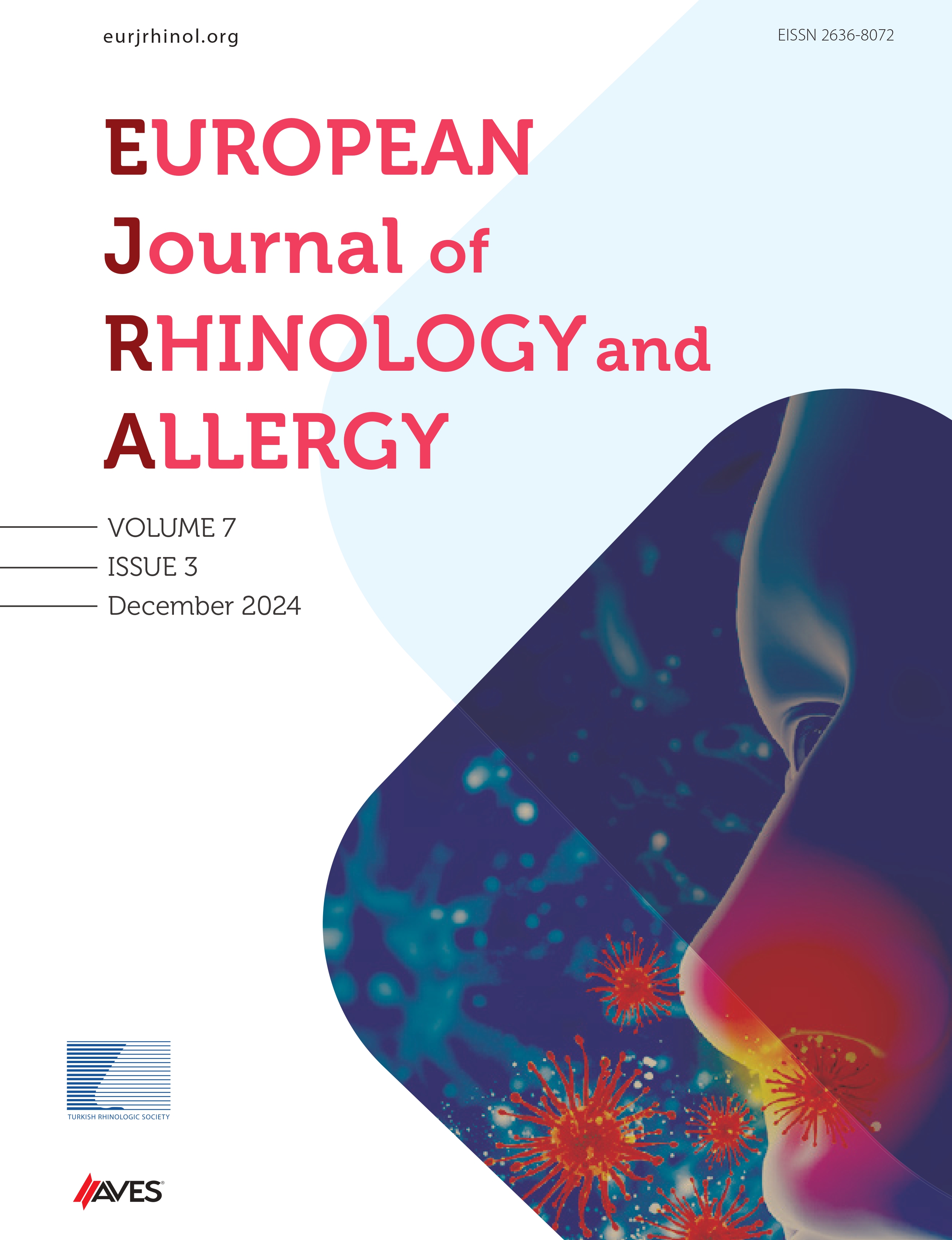Background: The aim of this study is to examine the relationships between urban ambient air pollution and emergency department visits during pregnancy and the puerperium in Toronto.
Methods: The National Ambulatory Care Reporting System database was applied to retrieve the corresponding emergency department visits for 2004-2015 (4292 days). Average of 5 gaseous ambient air pollutants, carbon monoxide, nitrogen dioxide, sulphur dioxide, ozone (CO, NO2, SO2, O3, O3-h8—ozone as a maximum 8 hour average, respectively), and fine particulate matter (PM2.5) was used. In addition, the Air Quality Health Index (combines NO2, O3, and PM2.5) was tested. Conditional Poisson regression models were built for daily counts of emergency department visits related to pregnancy. Air pollutants and weather factors were lagged from 0 to 14 days. The study was performed by strata defined as all period and by 2 seasons (warm: April-September, cold: October-March).
Results: In the study period, there were 165 502 emergency department visits related to pregnancy conditions, where 84 876 and 80 626 visits were in warm and cold period, respectively. Positive statistically significant (P < .05) associations were mainly observed for concentrations lagged by 4 and more days. In warm period, an increase of the the Air Quality Health Index by a 1 unit gives the following elevated relative risk with 95% CI: relative risk=1.008 (95% CI: 1.000, 1.017), 1.015 (1.006, 1.023), and 1.010 (1.001, 1.019) for lags 11, 12, and 13 days, respectively. The analogous results for O3-h8 are 1.010 (0.999, 1.021), 1.017 (1.006, 1.028), and 1.012 (1.001, 1.023) for an increase by a 19.0 ppb.
Conclusion: The results indicate that concentration of urban ambient air pollution affects the number of emergency department visits related to pregnancy and the puerperium.
Cite this article as: Szyszkowicz M. Urban air pollution and emergency department visits related to pregnancy complications. Eur J Rhinol Allergy 2022;5(2):49-54.

.png)

.png)